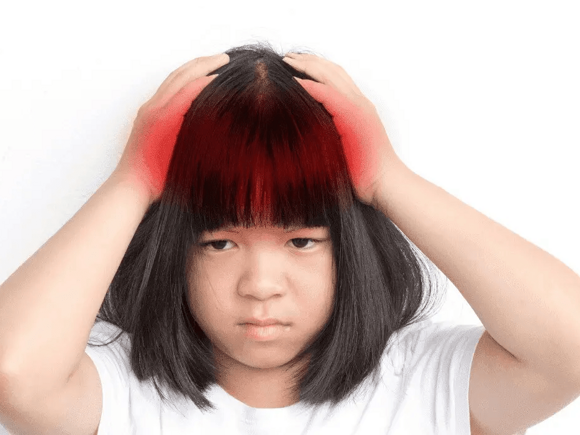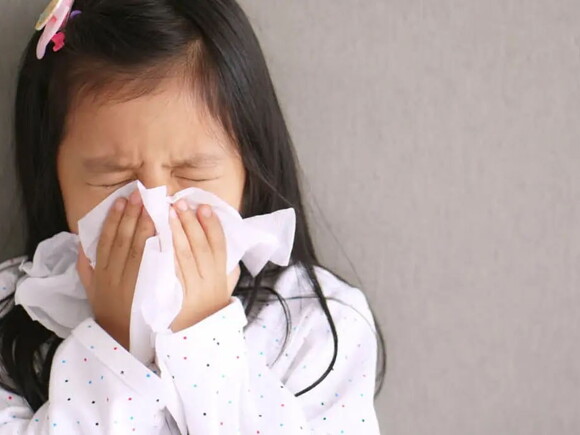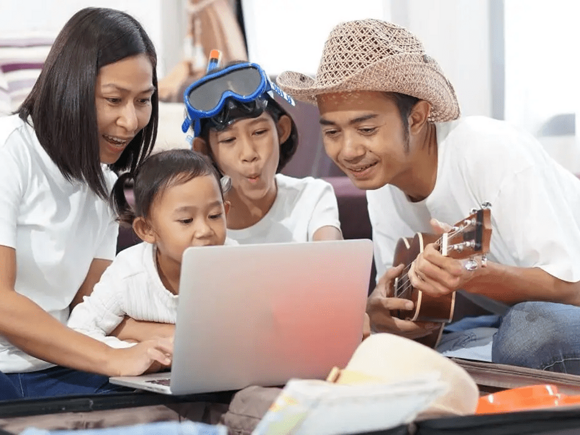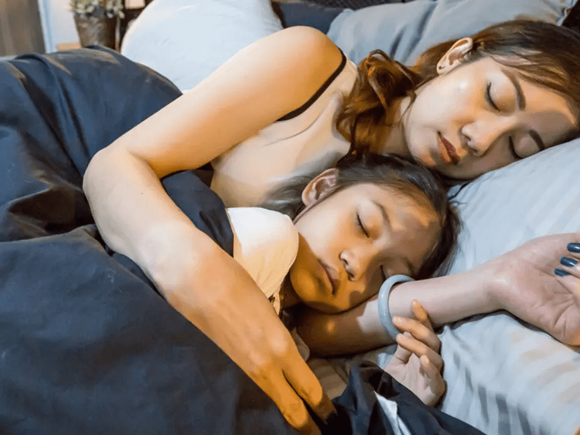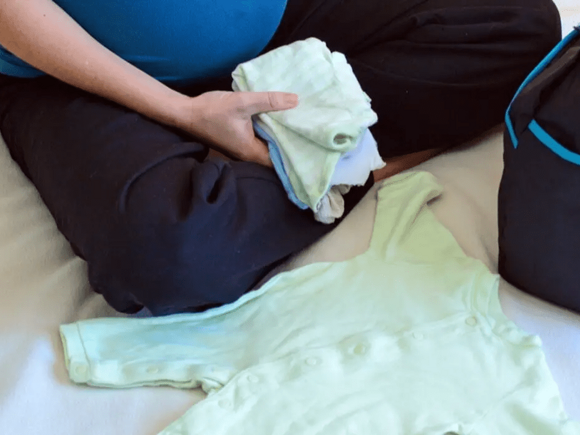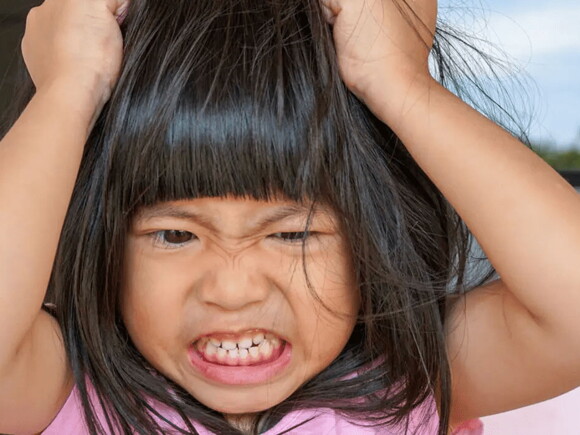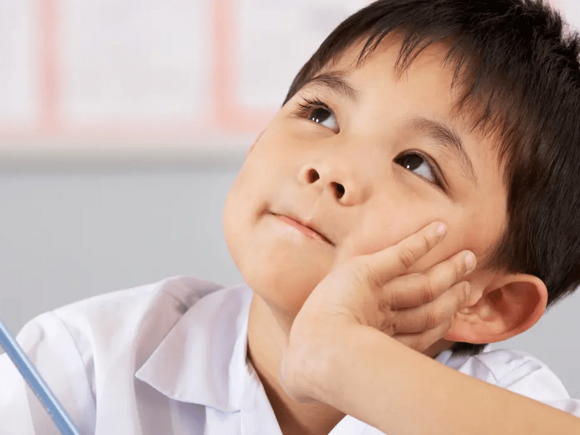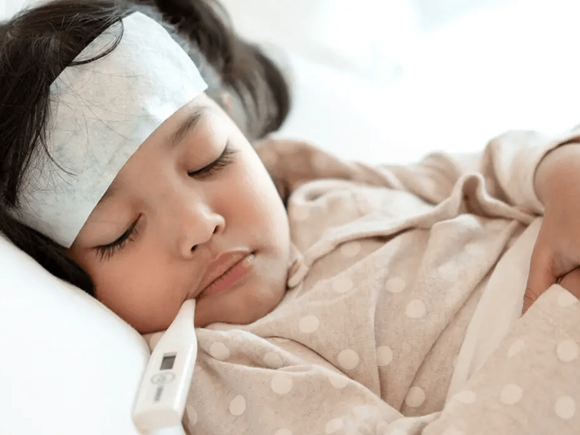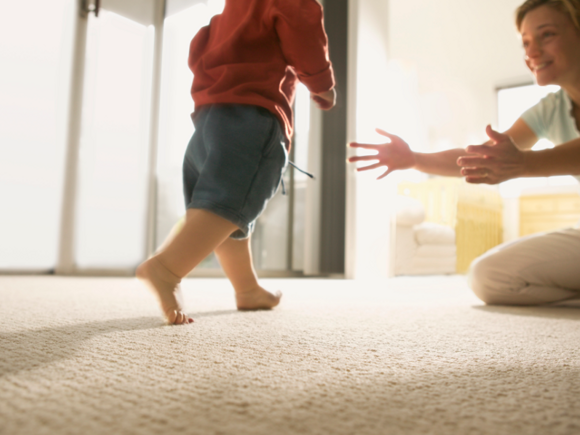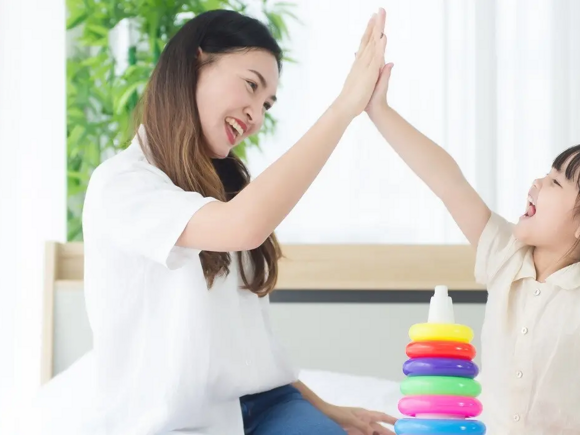“Mommy, I have a headache!” Can children have migraines?
Headaches are one of the common reasons for consultation; usually they are not serious. Similar to adults, children can experience various types of headaches including migraine, stress-related headaches (tension headache) or secondary headaches from a systemic infection like flu.
Migraine can be distinguished from other types of headaches by its classic characteristics. It is usually on one side with a throbbing quality. It is associated with nausea, vomiting, visual changes (seeing flashes of light or spots) and a tingling sensation. Migraine headaches worsen with lights and noise (photophobia and phonophobia, respectively). Irregular sleep, stress, lack of exercise, skipping meals, dehydration, and eating certain foods trigger attacks of migraine. Common food triggers include aged cheeses and meats, chocolates, citrus fruits, red and yellow food dyes, and MSG.
The course of migraine is often predictable. It begins with a warning phase which consists of tiredness, stiff neck, and mood changes or irritability. This is often followed by change in demeanor, depending on the type of headache. Children often recount seeing spots, squiggly lines, numbness/tingling sensation of a limb, dizziness, weakness, or confusion. What happens after is the attack of a headache followed by resolution upon sleeping it off. As these children recover from a migraine attack, they may feel quite tired.
Migraine is common in children. Before puberty, one out of ten children suffer from migraine and about 30% of teens experience them. Usually, the first attack happens before these kids hit puberty. It runs in families, and the risk of a child having a migraine increases when both parents have migraines.
There is no single laboratory test to confirm the diagnosis of migraine. A thorough medical history coupled with a detailed physical and neurological evaluation support the diagnosis of migraine. Other tests (such as brain MRI) are usually utilized to rule out migraine mimics.
Migraine headaches can be managed well by mainly having a lifestyle change: sleep hygiene, screen hygiene, and a healthy diet or lifestyle. Sleep hygiene for children means getting 8-10 hours of sleep daily coupled with regular sleeping time. Screen time should be in moderation, balancing need for academic and leisure purposes. More importantly, any gadget should be turned off at least an hour prior to bedtime, as this interferes with a child’s body clock. Healthy diet emphasizes on eating three regular meals at regular times, minimizing processed foods (which contains more additives and artificial colors), and keeping hydrated at all times.
Encouraging children to keep a headache diary helps them recognize triggers and experience strategies or therapies which work. In most instances during the attack, common over-the-counter (OTC) medications such as paracetamol or ibuprofen works best when taken at the first sign. Yet, excessive use of these OTC medications can cause medication overuse headaches. If this happens, then the child should be evaluated for preventive medications which a pediatrician or child neurologist can discuss with the family.
Reference
1. American Academy of Pediatrics: Section on Neurology. Migraine Headaches in Children and Teens: Parent FAQs.
2. Pediatric Headache: A Review. Pediatrics in Review. 2012
About The Expert
LOUDELLA V. CALOTES-CASTILLO, Child Neurologist
Dr. Louddie is active in both the academe and clinical practice. She believes in work/life integration and is unceasingly learning and re-learning the amazing brain from her four little rascals and her extended children (her patients).
She completed her Pediatric Residency and Fellowship in Pediatric Neurology at the University of the Philippines - Philippine General Hospital. She took further specialty training in Neuromuscular diseases in children at the Royal Children’s Hospital Melbourne Australia and completed a Summer School of Myology at the Institut de Myologie, Pitie-Salpetriere, Paris France.
She is currently a Clinical Associate Professor and an attending physician of the Division of Pediatric Neurology, University of the Philippines – Philippine General Hospital. She is also a guest faculty of the Ateneo School of Medicine and Public Health where she teaches both basic and clinical neurosciences. She has served as a Board of Trustee of the Child Neurology Society of the Philippines from 2017-2018.
Dr. Louddie is affiliated with various hospitals such as The Medical City, St. Luke’s Medical Center - Global City, ManilaMed, and National Children’s Hospital. In MedMom – Institute of Human Development, as their child neurology consultant, she collaborates with other medical specialists and allied health professionals in the care of children with special needs. She has empowered the Muscular Dystrophy Association of the Philippines (MDAP) as they launched the First Muscular Dystrophy Run in the Philippines.
The views and opinions expressed by the writer are his/her own, and do not state or reflect those of Wyeth Nutrition and its principals.










